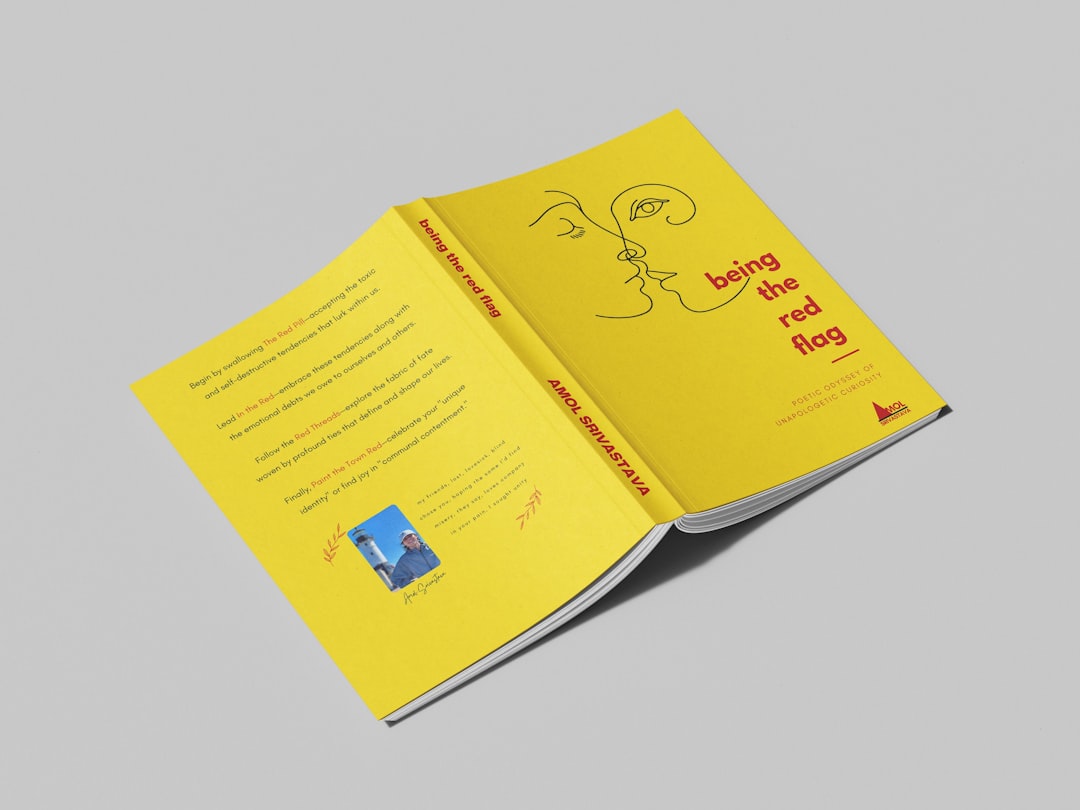In the digital age of self-publishing and indie authorship, design can make or break your book’s success. Whether you’re creating a stunning book cover or an interior layout that enhances readability, using a tool like Canva can provide the perfect blend of functionality and flexibility. Professional-looking book designs aren’t just about aesthetics—they’re about branding, communication, and setting the right expectations for your reader. Here’s how you can use Canva to create professional book designs that will grab attention and elevate your publishing game.
Why Book Design Matters
Before diving into the design process, it’s important to understand why design matters in publishing. A well-designed book fosters credibility, attracts your target reader, and amplifies your message. Conversely, poor design can send up red flags about the quality of your content, regardless of how well-written it may be.
In essence, your book’s design is part of its first impression, potentially determining whether a prospective reader chooses to engage or scroll past. Investing time in its presentation communicates professionalism and sets expectations for the reading journey ahead.
Getting Started with Canva
Canva has revolutionized design accessibility, providing beginner-friendly tools with professional-grade outcomes. Here’s how to start:
- Create a Canva account: Sign up for free or opt for Pro to unlock additional templates and design elements.
- Choose project dimensions: For print book covers, use trim sizes specified by your printer (e.g., 6 x 9 inches). For ebook covers, standard dimensions are often 1600 x 2560 pixels.
- Search templates: Use search terms like “book cover,” “ebook,” or “self-publishing” to find suitable starting points.
Designing an Eye-Catching Book Cover
Your book cover is your most powerful marketing tool. It should clearly reflect your genre, invoke curiosity, and set the tone for the text inside. Here are essential components to focus on:
1. Know Your Genre Expectations
Every genre has a visual language. Romance covers often feature warm tones and soft imagery, while thrillers lean toward dark palettes and bold fonts. Study bestsellers in your category and identify recurring design elements. Aligning with genre expectations builds trust with your audience.
2. Choose a Strong Font Combination
Typography plays a pivotal role. Stick to no more than two fonts: a bold one for the title, and a more subtle one for your name or subtitle. Canva offers a range of curated font pairings that can save time and eliminate guesswork.
3. Use High-Quality Imagery
Whether you’re using stock images or illustrations, always opt for high-resolution files. Avoid pixelation at all costs—it screams amateur. Canva Pro gives access to millions of professional stock photos, but you can also import assets from elsewhere.

4. Balance and Composition
Good design is about spatial harmony. Use Canva’s grids or alignment tools to place elements symmetrically or intentionally asymmetrical with purpose. Leave sufficient white space, and avoid cluttering the cover with too much text.
5. Test Multiple Versions
Don’t settle on the first draft. Create at least three variations and gather feedback from your target audience. Tools like Facebook groups or writing communities are great for these informal polls. Small tweaks in color, text, or layout can make a significant difference.
Designing the Book’s Interior in Canva
Interior layout is often overlooked, but it can critically enhance (or weaken) the reading experience. Though Canva isn’t a traditional typesetting tool, you can still create simple, elegant interiors that are Kindle-ready or print-friendly.
1. Select a Readable Font
Stick with serif fonts like Georgia, Garamond, or Times New Roman for the body text. These are easier on the eyes for long reads. Use 11 or 12 pt font size and ensure line spacing is not too tight. Canva supports letter spacing and line height adjustments for optimal readability.
2. Create Consistent Page Templates
Design master pages for chapter titles, body text, and special sections like quotes or author notes. Make sure each page has consistent margins, headers, and footers if applicable. You can duplicate pages easily in Canva to maintain uniformity.
3. Use Visual Markers Strategically
Break long texts into readable chunks. Use pull quotes, sidebars, or illustrative icons to create visual breaks. However, avoid overdoing it—content should remain the focus.

4. Exporting for Different Formats
Canva allows you to download in PDF (for print) and PNG or JPEG (for covers or online display). For ebook interiors, PDF may be restrictive, so consider converting using tools like Calibre or Draft2Digital afterward.
Advanced Tips for a Professional Finish
Once you’ve mastered the basics, consider these advanced techniques to add sophistication to your book design.
- Use branding elements: Incorporate a logo, color palette, or thematic graphics that align with your author brand.
- Implement visual hierarchy: Emphasize key text (titles, headings) through size, boldness, or color, guiding the reader’s eye across the page.
- Incorporate page numbers and running headers: For nonfiction or longer works, this improves navigation and gives a polished finish.
- Be mindful of bleed and cut lines for print: Always check printer specs and ensure that text or vital elements don’t overflow into trim areas.
Common Mistakes to Avoid
Even with the best tools, some pitfalls can compromise your design. Be aware of the following:
- Overuse of fonts: Limit to two or three at most for a cohesive look.
- Incorrect dimensions: Always use the correct size for your print or digital format to avoid resolution issues.
- Color inconsistency: Make sure colors remain vibrant and consistent across multiple pages and elements.
- Ignoring alignment: Misaligned text or images convey carelessness—use Canva’s guides and snap-to-grid features actively.
Using Templates Wisely
Canva’s built-in templates can accelerate your workflow—but they should be used as foundations, not final products. Always customize colors, fonts, images, and content to suit your unique brand. If you leave a template too close to its original form, it may look generic or be confused with other publications that used the same design.
That said, templates provide a great starting point to maintain structure, especially for beginners needing guidance on layout or spacing.
Finalizing and Publishing
Once your designs are complete, it’s time to prepare them for publishing:
- Proofread meticulously: Review every page for typos, formatting inconsistencies, and design errors.
- Order a proof copy: If printing, always order a physical proof. What looks great on screen might not translate well to paper.
- Cross-device testing: For digital editions, view your files on phones, tablets, and e-readers to ensure they scale and display properly.

Conclusion
Creating professional book designs in Canva is not only achievable but effective. With attention to detail, strong design principles, and a clear understanding of your audience, you can produce books that entice readers and stand shoulder-to-shoulder with traditionally published titles.
Design isn’t just decoration—it’s storytelling. From your book cover to your interior layout, every visual decision influences how your words are received. Take the time to master the design process and transform your manuscript into a compelling, polished work that truly reflects your vision.



Leave a Reply